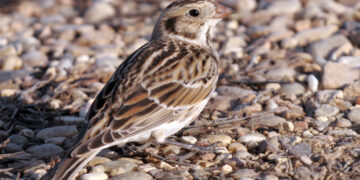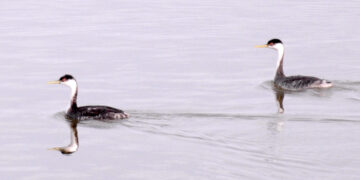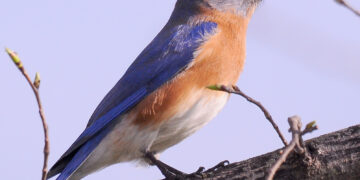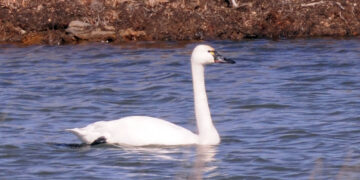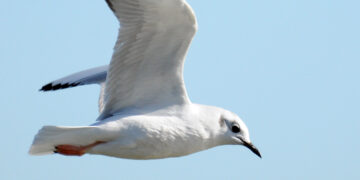The northern pintail is a winter visitor to Oklahoma and is this week’s featured creature.
This duck species is often described as elegant, which is appropriate. And, with the male, dapper would be a good description as well.
The U.S. Fish and Wildlife Service reports that northern pintails are extremely graceful and fast fliers and are fond of zig-zagging from great heights before leveling off just before landing.
Pintails, like mallards and gadwalls, are dabbling ducks — meaning they feed in shallow water by skimming food items from the water’s surface, or by tipping up (upending) to reach food under water.
When these ducks are tipping up, usually only their hind ends are visible above the water’s surface.
However, according to the Cornell Lab of Ornithology, pintails will occasionally dive for food.
Appearance
Male northern pintails can grow to 29 inches in length, which is a little longer than mallards. However, as male northern pintails have long tails and a long neck, their bodies are smaller than those of mallards.
Male northern pintails are pretty unmistakable when it comes to identification. When I first saw one, the words “well dressed” came to mind. Males have long black tails and brown heads with white bellies and breasts. The white coloring takes up a portion of the front of the neck and then, like thin lines, extends up each side of the neck. Males also have a mixture of black, white and gray feather coloring on their backs.
Females grow to about 25 inches, are mottled with various shades of brown and are similar to females of many other duck species, such as mallards, gadwalls and cinnamon, blue-winged and green-winged teals.
However, female northern pintails have plainer heads and slimmer, longer necks than many other ducks. In fact, northern pintails can be described as slim overall, including their shiny black bills.
Range
Northern pintails winter mostly in the southern half of the U.S. and south to Central America. They also have permanent ranges in portions of western mountain states, such as Colorado, California and Oregon. They nest in many northern states, and most of Canada, eh, and Alaska.
The Cornell Lab of Ornithology reports that northern pintails also inhabit Europe, the Middle East, India and Asia.
Habitat
When not breeding, pintails can be found on lakes, large ponds, reservoirs, marshes, wetlands and flooded or dry agricultural fields.
Diet
The Cornell Lab of Ornithology reports that winter food for northern pintails predominantly consists of seeds and vegetative material, but also aquatic invertebrates and earthworms.
The Lab also reports that pintails will frequent agricultural fields and eat seeds and grains, such as wheat, corn and barley.
Odds & Ends
• Northern pintails migrate during the night at speeds around 48 mph. The longest nonstop flight recorded for a northern pintail was 1,800 miles, according to the Cornell Lab.
• The oldest recorded northern pintail was a male, which was at least 22 years, 3 months old when he was found in Saskatchewan, Canada, according to the Cornell Lab.
• Please remember to check out my Randy’s Natural World on YouTube – www.youtube.com/user/randyadventure.
Editor’s Note: Randy Mitchell is a freelance writer and photographer. He has been an avid birdwatcher, nature enthusiast and photographer for more than 40 years. Reach him at [email protected].
Want to reach a local audience and grow your business?
Our website is the perfect platform to connect with engaged readers in your local area.
Whether you're looking for banner ads, sponsored content, or custom promotions, we can tailor a package to meet your needs.
Contact us today to learn more about advertising opportunities!
CONTACT US NOW

